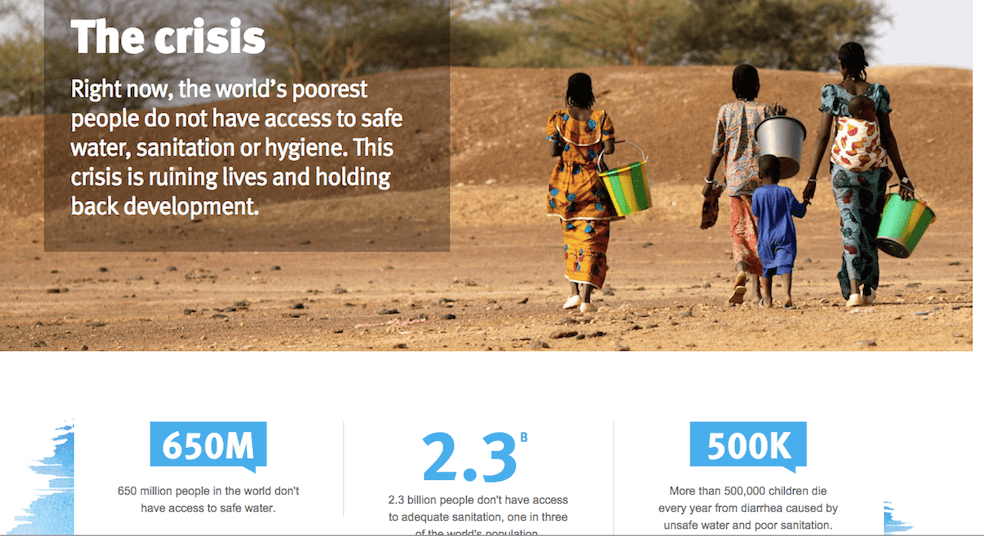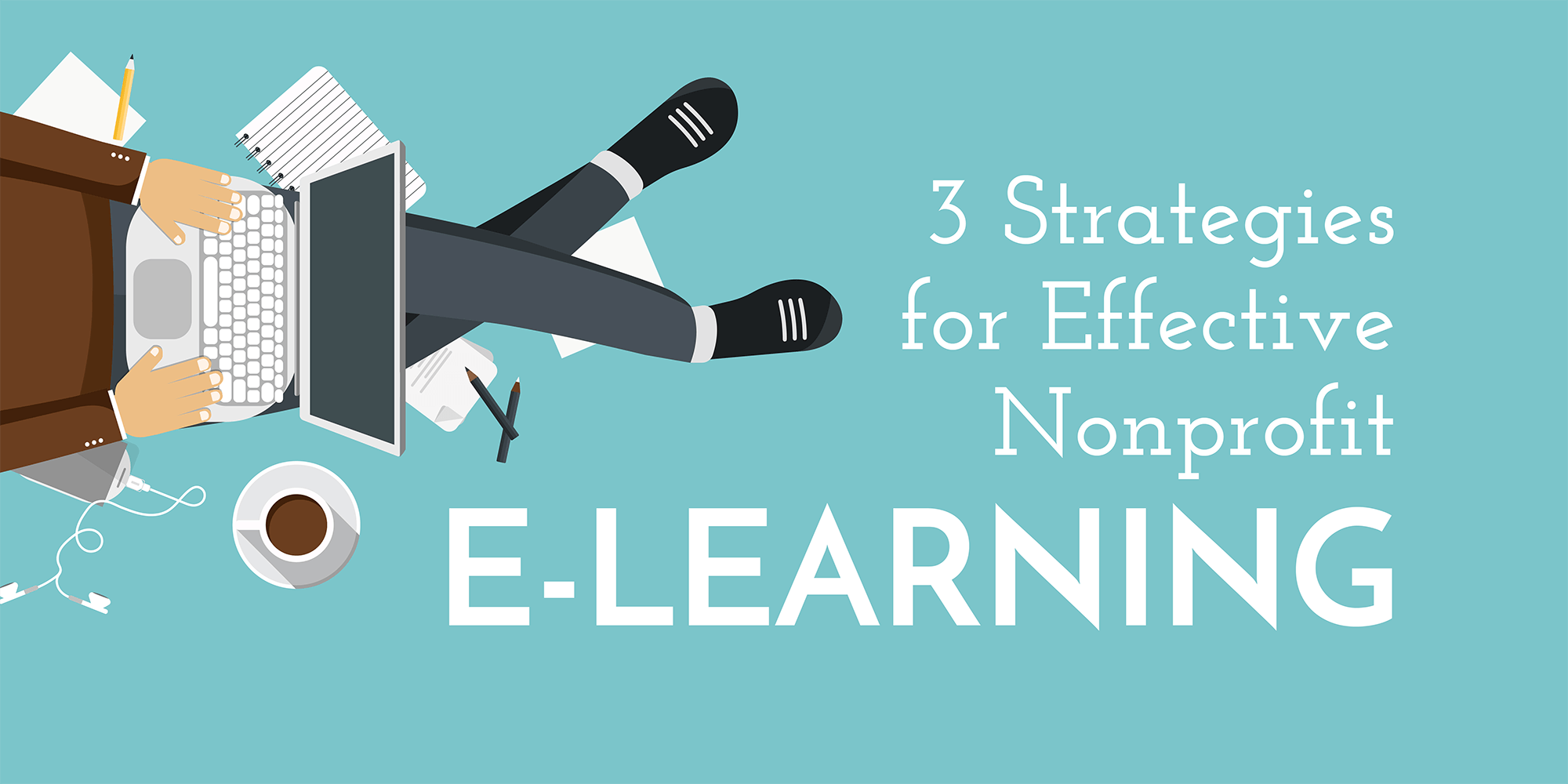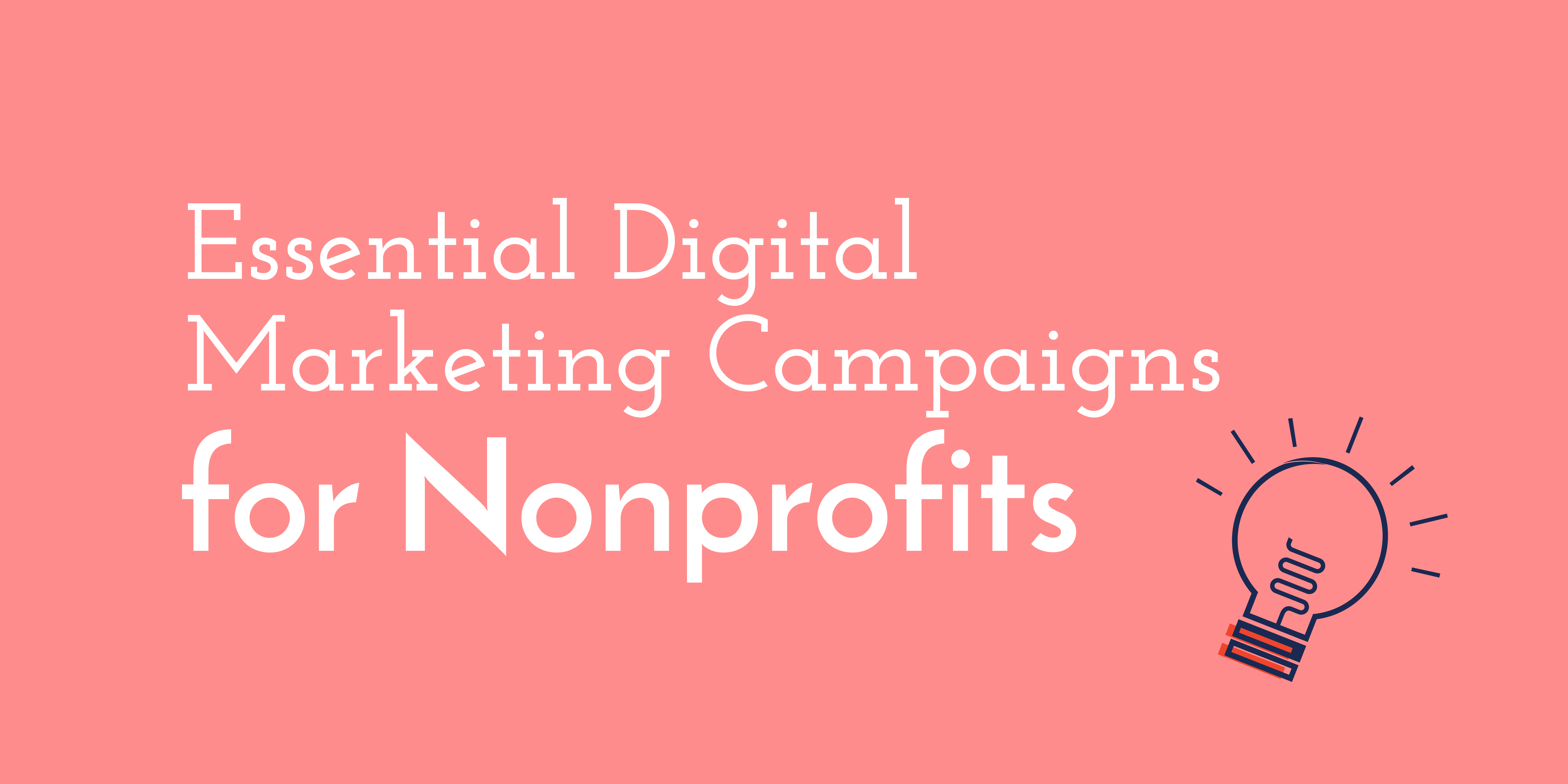
Get Visitors to Stay on Your Website – Nonprofit SEO Tips
We probably all know that part of improving your nonprofit’s SEO includes keeping visitors on your website and getting them to come back. However, many nonprofits still struggle to know how to do this. If you want visitors to find you, and then to keep coming back for longer sessions, your site needs to become more of a resource center.
This means your site is not designed ONLY around getting people to click on your “donate now” CTA’s or to volunteer for an event: When people aren’t searching Google for volunteer or donation opportunities, they might just be interested in reading a story, watching an inspirational video or reading about the recent news around your cause. If your site is a resource center for all of these things, chances are you’ll get visitors to stay on your website or come back for future learning. If you do this, your rankings on their search browser can increase, and when they are looking for an opportunity for volunteering, you’ll be the first on their results page.
Why is this?
A few years back Google launched Search, Plus Your World, Venice and Google Now. Google’s search algorithm no longer calculates search rankings by solely looking at how many keywords in your site’s content match up with a search query – it takes into account the individual searcher.
Google tries to get to know the user of the browser and what results that specific individual wants; in a sense, they want to understand the user’s intent more so than to just match what the user entered in their search query. They calculate this intent more accurately by looking at the searcher’s behavior – what sites do they spend time on, where do they live, what are their preferences?
Simply put, Google interprets that the more time an individual spends on your nonprofit’s site means that the content is relevant to the user and that Google should deliver more of it.
More on how to become a resource
1. First, map out your content with an audience persona in mind. Make sure that the flow through your site jives well with them – this includes your use of language, imagery, and content. In this way, they’ll be more likely to stay on your site since it feels familiar and comfortable to them.
2. Next, make sure your content is engaging so that users won’t just skim over it quickly, but will take time to dive in. This can include a nonprofit blog with more in-depth information on your nonprofit or an interesting story about a person your nonprofit had an effect on.
*This is a good place to utilize video and imagery seeing as: people stay on a site with text-based information at a 10% retention rate vs. 65% for video (SocialMedia Today) and the average user spends 88% more time on a website with video (Mist Media). Read more about homepage video.
3. Then, include links within your content that will open up another tab for further information. The more a user can get from one visit to your site, the more they will see you as a resource, and the longer they will keep referring back to your page as a home base. Some of the most successful nonprofit websites are those that include updates from the field and many articles regarding useful information for visitors.
*Wateraid.org shows an example of using statistics and news updates to engage a viewer.
They highlight important stats with large/bolded numbers, making the news more digestible and incentivizing viewers to dive in for more information.
All in all, the more visitors seek answers from your nonprofit, the more Google will lead them there. It’s not as simple as matching keywords to searches – it involves making your site resourceful enough to get viewers to stay and to come back.




